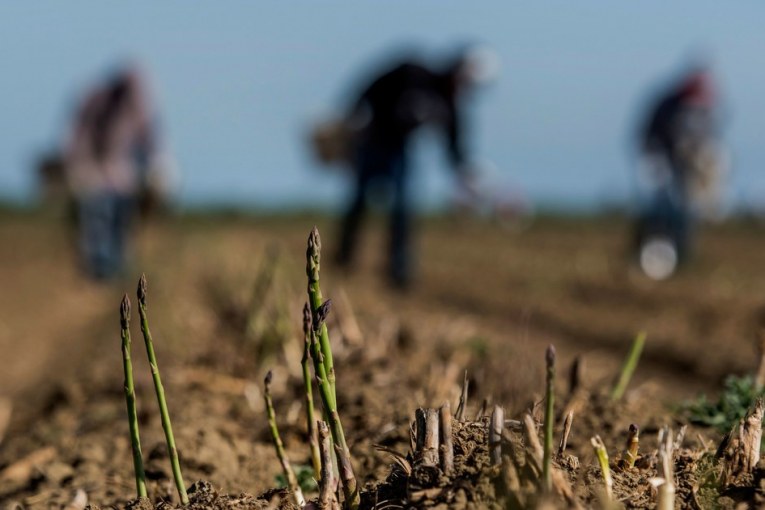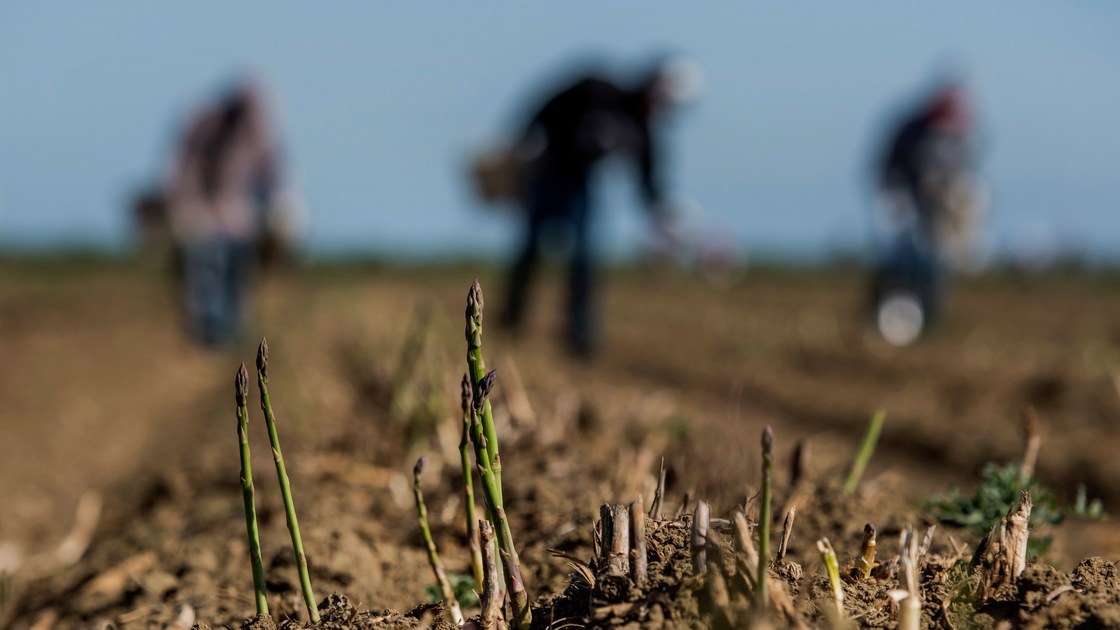

By Leanna Sweha
Governor Brown last week signed two bills sending almost $1.5 billion in cap-and-trade auction revenues to climate change programs.
So far, the media has focused largely on the fair labor practices language in one of the bills that impacts the rules for the state’s clean passenger vehicle rebate program and which was targeted at Tesla.
But, an equally important story for our region is the significant climate funding now available to help agriculture reduce its greenhouse gas and criteria pollutant emissions.
In prior years, agriculture had been pretty neglected when it came to climate funding. This time around, agriculture did much better, with dairy and food processing scoring substantial sums.
$99 million will go to the Department of Food and Agriculture for dairy digester research and development and alternative manure management. This is double last fiscal year’s funding and reflects  the importance of managing dairy methane emissions in light of the state’s new authority to directly regulate methane.
the importance of managing dairy methane emissions in light of the state’s new authority to directly regulate methane.
$60 million will go to the Energy Commission for grants, loans, and financial incentives to food processors for projects that reduce greenhouse gas emissions. An additional $6 million is allocated for agricultural sector renewable energy projects.
Standing to benefit here are companies like Pacific Coast Producers, which has a tomato processing plant in Woodland and which is subject to regulation under cap-and-trade.
$85 million will go to the Air Resources Board for grants, rebates, and other financial incentives for agricultural harvesting equipment, heavy-duty trucks, agricultural pump engines, tractors, and other equipment used in agricultural operations.
This is significant, because the market now offers low emission engines that run on renewable natural gas, like the Cummins Westport ISL G Near Zero NOx natural gas truck engine.
So, for example, we may see grants, loans and rebates go to a dairy for a manure digester to produce renewable natural gas that in turn will power new low emission equipment and delivery trucks.
The increased money for agriculture is a direct result of spending priorities in the recent cap-and-trade extension. That bill puts in third place funding for “sustainable agricultural practices that promote the transition to clean technology, water efficiency, and improved air quality.”
Both Senator Bill Dodd and Assemblymember Cecilia Aguiar-Curry worked to get agriculture this priority spot.
Regarding the climate funds, Senator Dodd said, “The economy of the 3rd State Senate District, which I proudly represent, is driven largely by agriculture. That is why I worked closely with Governor Brown and our Senate Leadership to secure a substantial amount of Greenhouse Gas Reduction Funding (GGRF).”
He added, “These investments will not only make agricultural activities more sustainable, but will reduce the operating costs of our agricultural sector over time.”
According to a 2009 Air Resources Board report, agriculture accounts for about 6 percent of weighted state greenhouse gas emissions. However, it accounts for a significant percent of criteria pollutants that impact air quality, particularly in the San Joaquin Valley.


Great, Californian’s getting extorted for billions for programs like manure reseach and rebates for electric cars that many medium and low income can’t afford anyway. Yet we all pay for this through higher costs for gas and electricity and the the passing down of costs to the consumer for almost everything we buy in the name of cap and trade.
How does the Air Board prevent greenwashed products from receiving the grants?